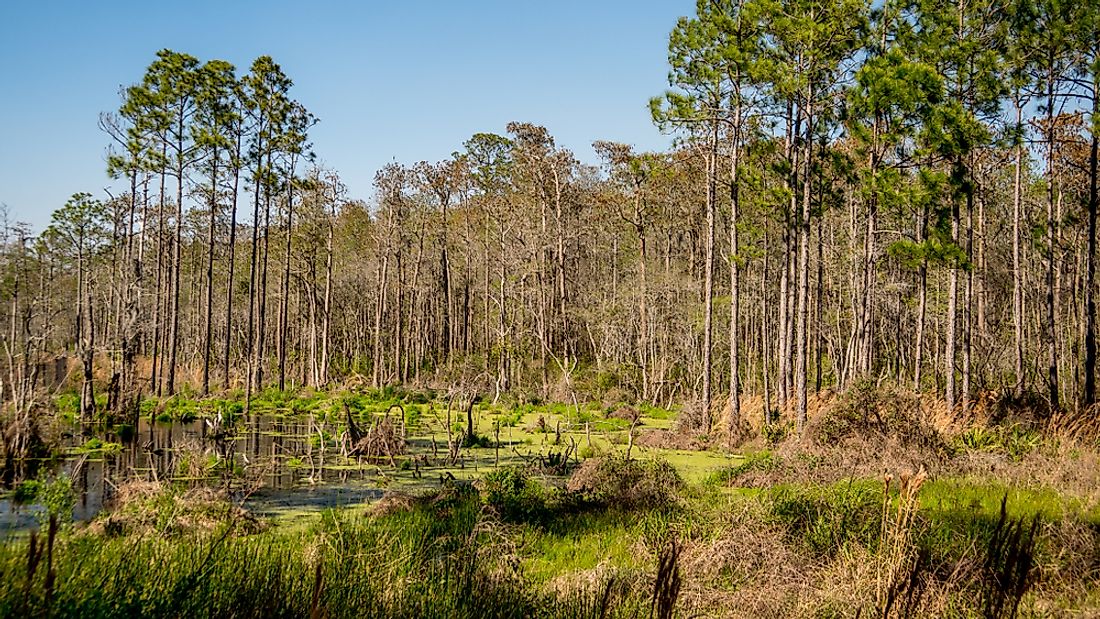What Kind of Tree Does Paper Come From?

Paper, majorly presented as magazines, toilet paper, printing sources and other forms, is basically fibers processed and pressed together in an organized manner. Today, paper processing has been greatly improved technologically compared to earlier days when this was a manual activity. Technological advancement has made it possible to automate this industry. Other than technology, changes in the raw materials applied in paper processing has greatly changed over the years, with a significant shift from utilization of non-wood pulp to wood pulp for paper making. Historically, non-wood pulp from materials like linen and hemp was largely put to use, either individually or in combination terms. In recent years however, the focus has been on trees whose wood pulp is not only abundant and renewable, but also easier to process with minimal water and energy requirement compared to processing of the non-wood pulp.
Types of Trees from Which Paper Is Made
Since wood pulp provides the most important raw material for paper manufacturing, this translates to the importance of trees in the paper industry. Trees from which paper is made are either softwood of hardwood, with softwood coniferous trees forming about 85% of the trees whose wood pulp is vital for paper. Softwood tree types possess longer cellulose fibers which are known to confer adequate strength to paper. This is in comparison with the hardwood shorter cellulose fibers. Major tree types in the softwoods category are spruce, pine, fir, larch, and hemlock. Eucalyptus is a hardwood that has largely been used for paper production. Other hardwoods applied in this industry are oaks, aspen, birch, and maples.
Wood Cellulose Fibers
Plant cells have an outer cell wall whose major constituents are hemicellulose, cellulose and lignin. Cellulose forms the bulk of the plant cell walls and is the targeted material for the paper processing industry. Compared to other sources of cellulose like algae and bacterial cell walls, that in the trees is highly abundant and renewable. Cellulose is a polymeric substrate that contains glycosidic bonds which join its glucose molecules. Chemically these bonds can be degraded by acid, alkali, or even microbial agents. This factor makes cellulose a biodegradable material and so is the paper which is made of wood cellulose fibers. It also exhibits a desirable degree of dimensional stability and strength.
Tree Harvesting
Wood is an abundant and highly renewable raw material for this industry. Much consideration is made in tree harvesting to maintain and improve factors of sustenance and biodiversity as far as trees and forests are concerned. It is due to these two factors that there exists regulations that push towards massive reforestation and introduction of forest plantations by paper production plants. Decisions are made on whether to do full tree harvesting or partial whereby only few branches are harvested. Initial stage of tree harvesting involves separation of the tree bark from the wood. The bark does contain some useful fibers, though these are negligible and it is mainly used for fuel in the paper mills. The wood is prepared for pulping by being chipped into manageable sizes of blocks and logs.











